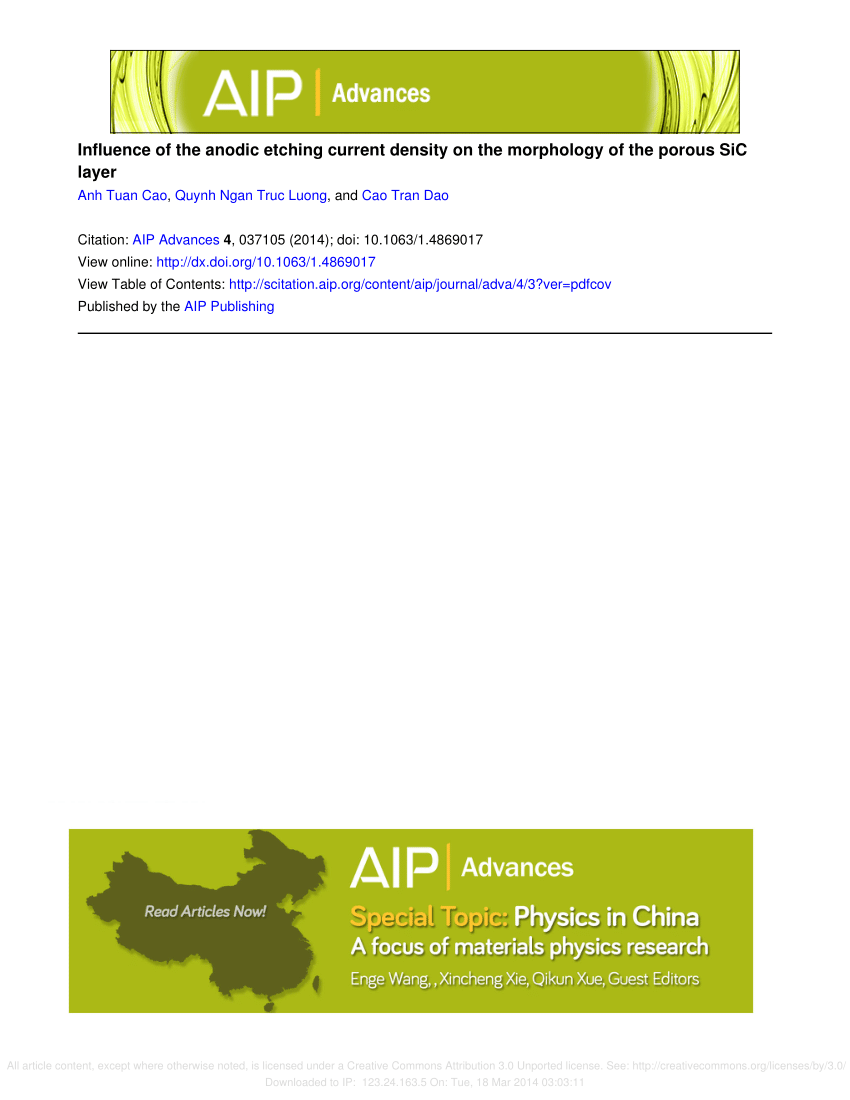用有限差分法分析吉勒-梅因哈特模型的动态行为
IF 1.4
4区 物理与天体物理
Q4 MATERIALS SCIENCE, MULTIDISCIPLINARY
引用次数: 0
摘要
本文提出了一种考虑到激活剂和抑制剂物质之间相互作用的二维空间扩散中具有均质 Neumann 边界条件的 Gierer-Meinhardt 模型的数值计算方法。首先,利用有限差分法为 Gierer-Meinhardt 模型构建了一个高阶紧凑有限差分方案。对二阶空间导数项采用四阶紧凑差分方案,对时间导数项采用泰勒级数展开和残差修正函数进行离散化。因此,差分方案实现了 Gierer-Meinhardt 模型的空间四阶精度和时间二阶精度。此外,还利用傅立叶分析证明了差分方案的稳定性。最后,对接近平衡点的 Gierer-Meinhardt 模型进行了数值模拟,以探讨抑制剂降解率(用 E 表示)对图案形成的影响。随着 E 的变化,模型呈现出不同的图案结构,从而揭示了生物系统中组织变化与图案形成之间的关系。本文章由计算机程序翻译,如有差异,请以英文原文为准。
Analyzing the dynamic behavior of the Gierer–Meinhardt model using finite difference method
In this paper, a numerical computation method for the Gierer–Meinhardt model in two-dimensional space diffusion with homogeneous Neumann boundary conditions, considering the interaction between activator and inhibitor substances, is proposed. First, a high-order compact finite difference scheme is constructed for the Gierer–Meinhardt model using the finite difference method. A fourth-order compact difference scheme is applied to the second-order spatial derivative terms, while the time derivative terms are discretized using Taylor series expansion and residual correction functions. Consequently, the difference scheme achieves fourth-order accuracy in space and second-order accuracy in time for the Gierer–Meinhardt model. In addition, the stability of the difference scheme is demonstrated using Fourier analysis. Finally, numerical simulations are conducted on the Gierer–Meinhardt model near its equilibrium point to explore the impact of the inhibitor degradation rate, denoted as E, on the pattern formation. The model exhibits distinct pattern structures with varying E, thereby revealing the relationship between tissue variability and pattern formation in biological systems.
求助全文
通过发布文献求助,成功后即可免费获取论文全文。
去求助
来源期刊

AIP Advances
NANOSCIENCE & NANOTECHNOLOGY-MATERIALS SCIENCE, MULTIDISCIPLINARY
CiteScore
2.80
自引率
6.20%
发文量
1233
审稿时长
2-4 weeks
期刊介绍:
AIP Advances is an open access journal publishing in all areas of physical sciences—applied, theoretical, and experimental. All published articles are freely available to read, download, and share. The journal prides itself on the belief that all good science is important and relevant. Our inclusive scope and publication standards make it an essential outlet for scientists in the physical sciences.
AIP Advances is a community-based journal, with a fast production cycle. The quick publication process and open-access model allows us to quickly distribute new scientific concepts. Our Editors, assisted by peer review, determine whether a manuscript is technically correct and original. After publication, the readership evaluates whether a manuscript is timely, relevant, or significant.
 求助内容:
求助内容: 应助结果提醒方式:
应助结果提醒方式:


